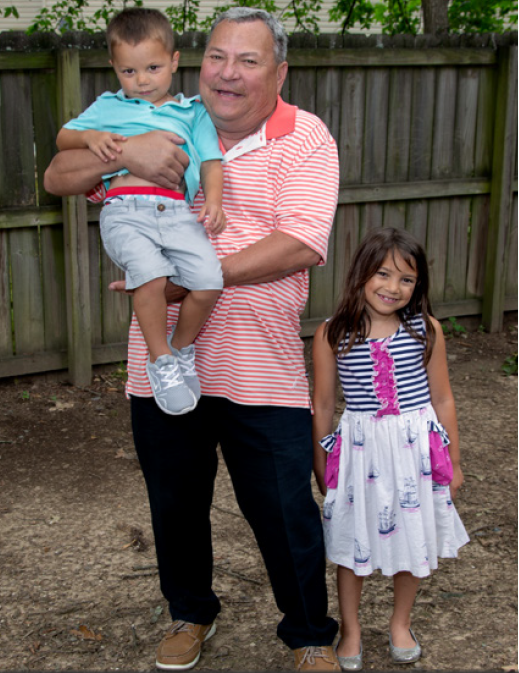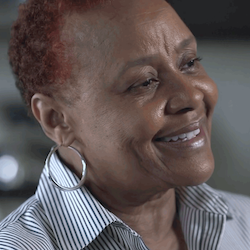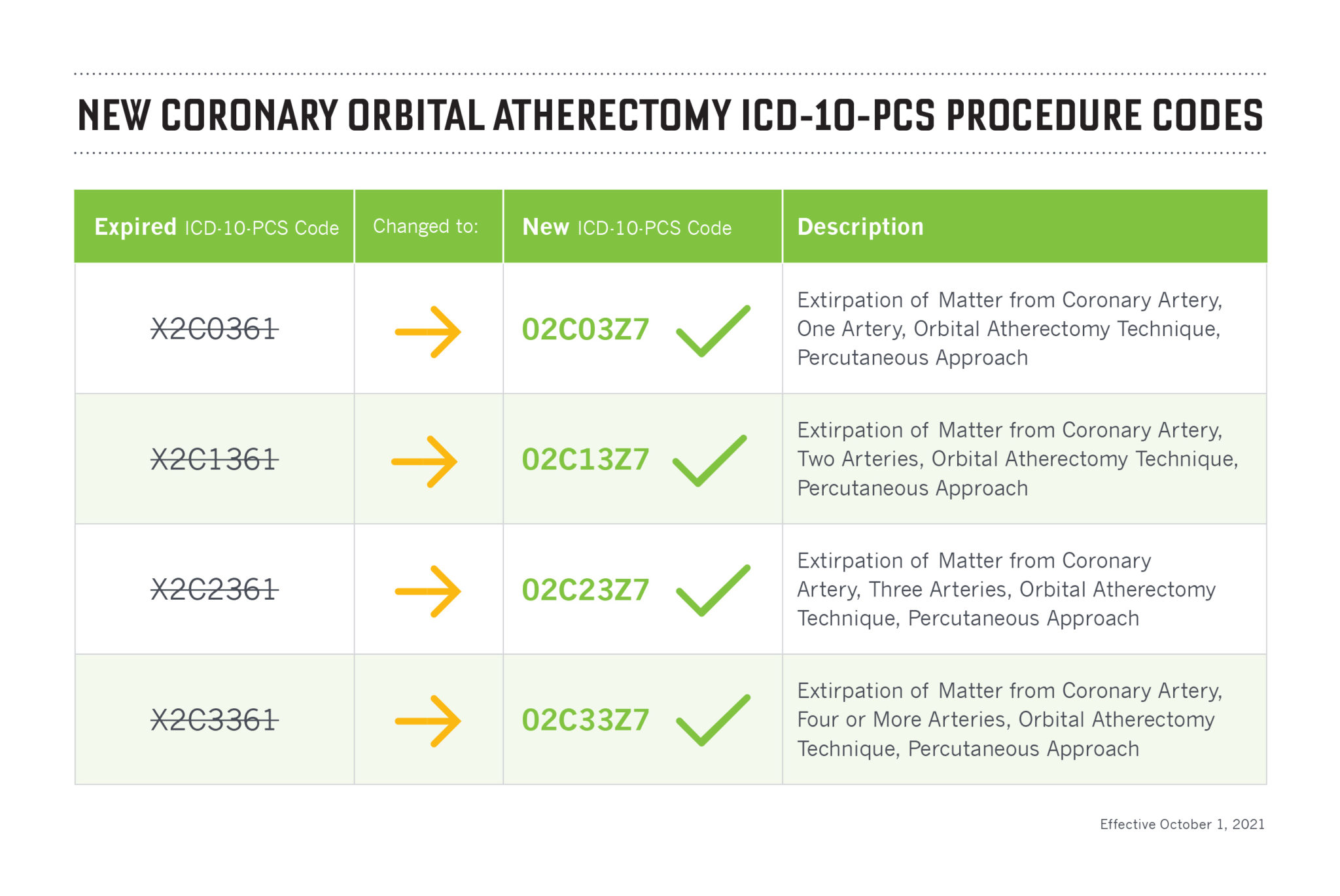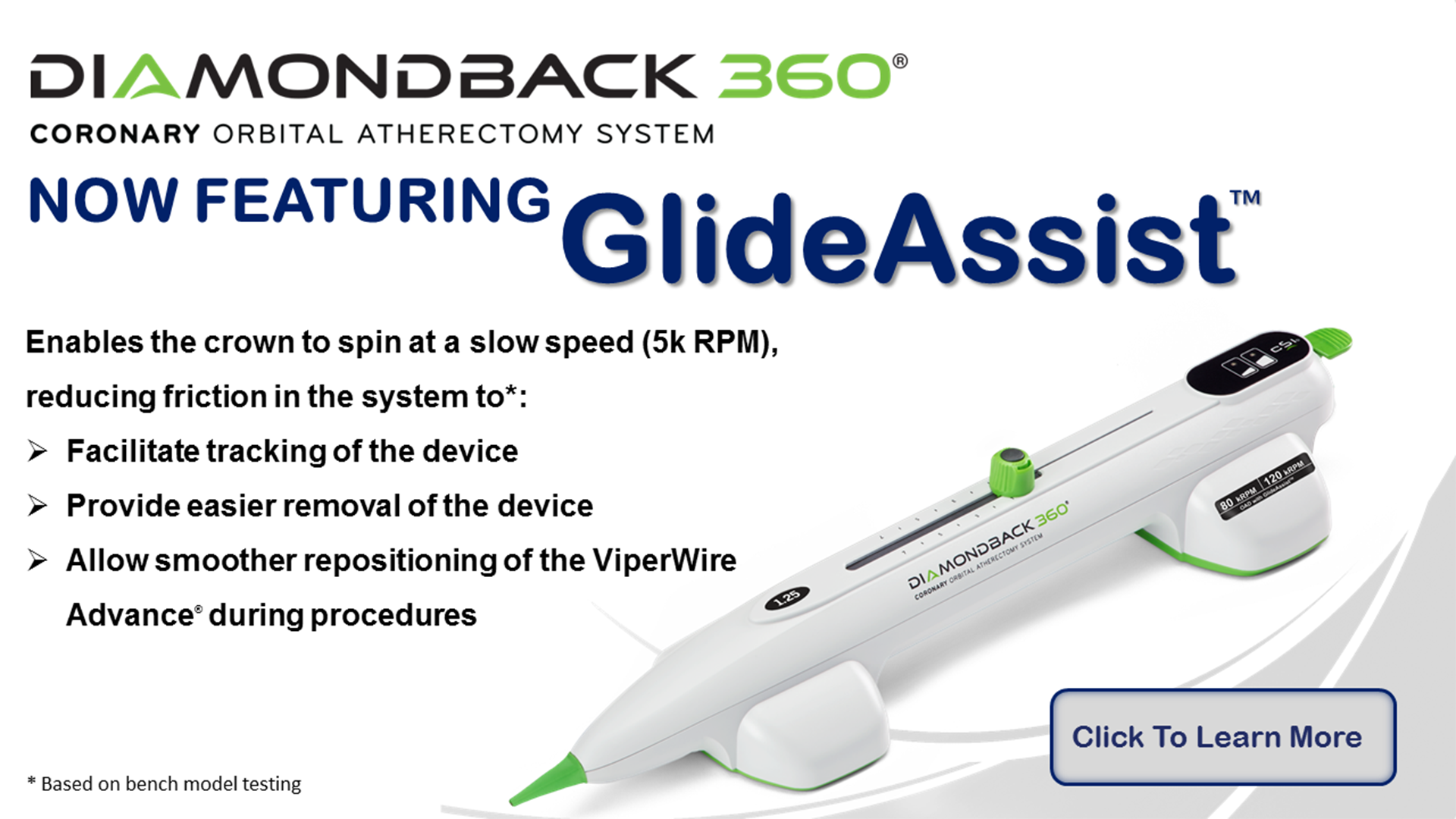Once a heavy smoker with a poor diet, Gary of Little Rock, Arkansas was first diagnosed with Peripheral Artery Disease ten years ago, when he was 61. At the time, he had arterial stents inserted through the groin to open the blockage. He recalls that the procedure and recovery were fairly agonizing.
“During recovery, they put, basically, a 10-pound sandbag on my groin area so I wouldn’t move. And I had to lay still for six hours. I was off work for a week and couldn’t pick up 25 pounds for thirty days afterwards. They tell you that you might rupture and bleed out before you can even get to the hospital.”
The stents helped with the blockage, for a period. But a decade later, Gary started to experience the same kind of pain, the same achiness in his legs and shortness of breath he’d had the first time. He couldn’t walk more than a few seconds without resting, and playing with his grandchildren was out of the question. His daughter Jessica said, “It’s … alarming. I mean you just think, “Okay, this is it.” You’re like, “well I don’t really see how we’re gonna go back up to being where you were.”
Gary’s doctor referred him to Dr. William Rollefson at the Arkansas Heart Hospital—a center at the forefront of cardiovascular medicine developments. Dr. Rollefson proposed a different procedure technique for getting better blood flow to the legs: Radial Atherectomy. The point of entry is through the wrist, not the groin.
“I was approached by Cardiovascular Systems, Inc. to develop technology that would allow us to treat from a radial approach. …. And if we can get a guide wire through the area of blockage, 99% of the time we’re going to be able to establish better blood flow.”
After his previous experience with the procedure going through his groin and the long recovery from that, Gary was open to trying the radial approach. Dr. Rollefson used the Diamondback 360® Orbital Atherectomy Device to sand away the plaque from the arteries, then inserted metal stents to keep the blocked areas open, and all of it was done through a radial entry point, in the wrist. GARY is rockin’ Little Rock with his grandkids again at age 71. Instead of days in the hospital, Gary was out in three short hours. No sandbag or long manual compression on the groin, no 30-day lifting restriction.
“No pain. It was non-existent this time. And that’s amazing to me. I mean, it’s a huge difference in the new procedure over the old one.*”
Dr. Rollefson says radial atherectomy is a logical step to improve the care and experience for patients.
“I believe it’s a wonderful advance. We called it “the radial revolution” when we first started doing it. From a recovery standpoint, it’s night and day. Patients get better so much faster and it’s less invasive for these folks. They love it. They can feel the difference immediately.”
And that was exactly Gary’s experience. He describes feeling instantly better immediately after the procedure, the difference between trying to breathe underwater and then finally surfacing and taking your first deep breath. His grandchildren are seeing a different side of their grandpa, too.
“Now I’m able to go with them and walk. If they go up by the road I’m able to climb the hill. I don’t have to stop once I get up there. I’ve got a good life with my family that’s promising now that I know I’ve got these issues taken care of.*”
If you think you have, or may be at risk for Peripheral Artery Disease (PAD), talk to your doctor.
Results may vary.
The accounts given are genuine and documented. Each story represents a unique individual experience and does not provide any indication, guide, warranty or guarantee as to the response other people may have to CSI technologies.







